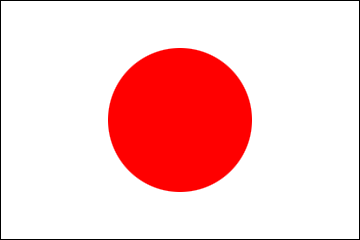Friends of Japan Series: APIC Culture Program - Dr. Nicole Roberts
2025/2/13
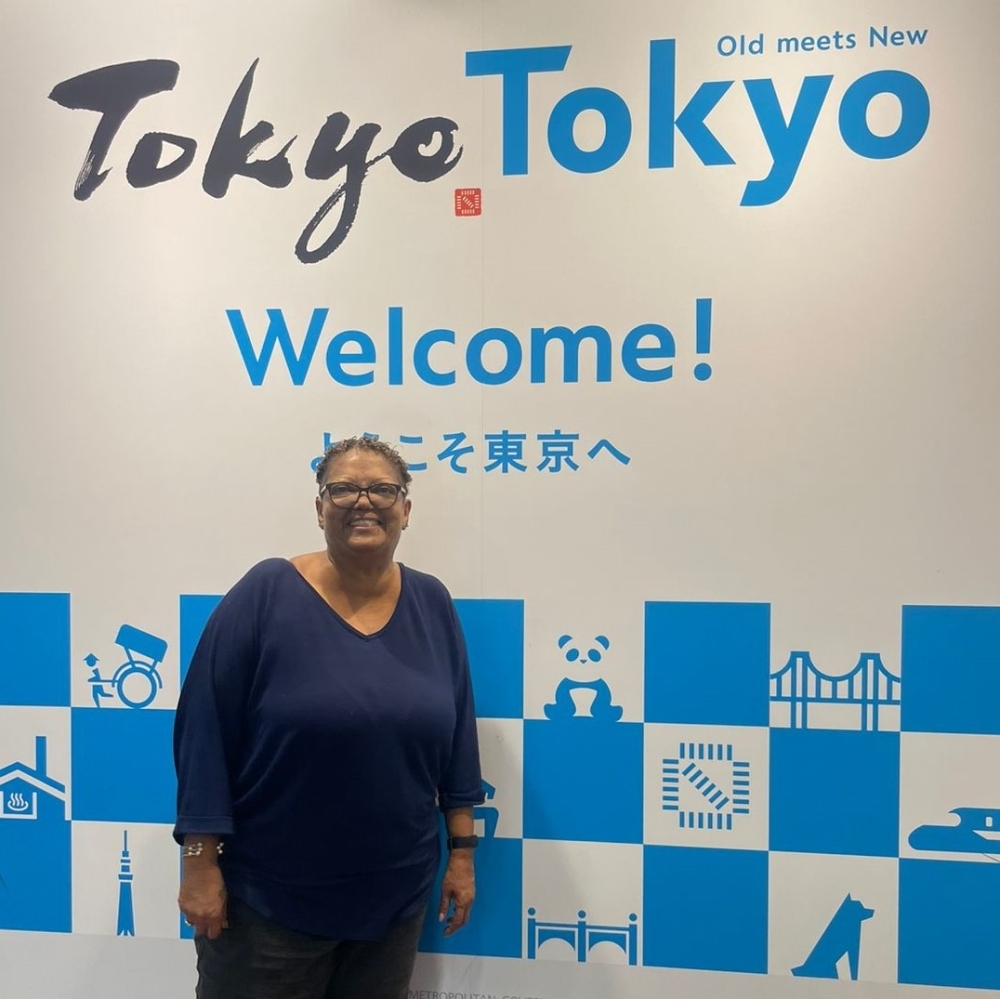
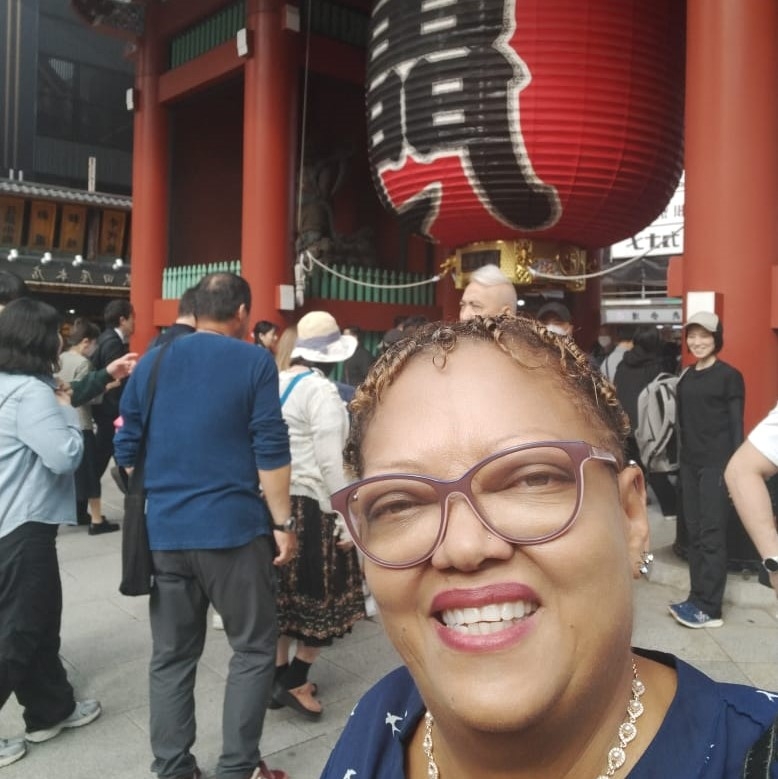
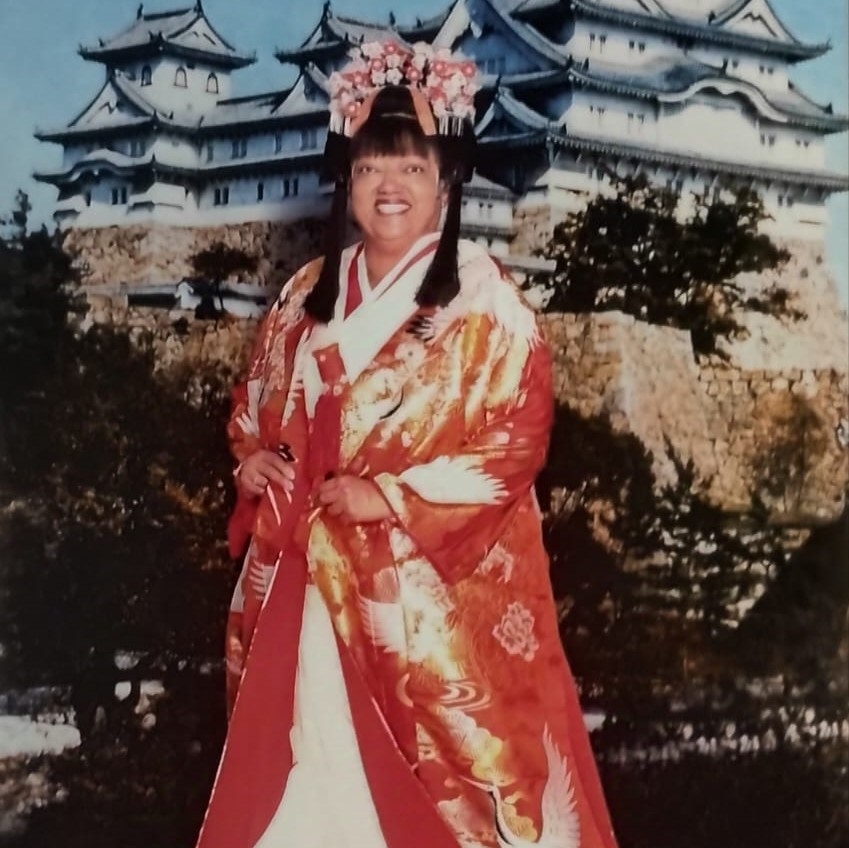
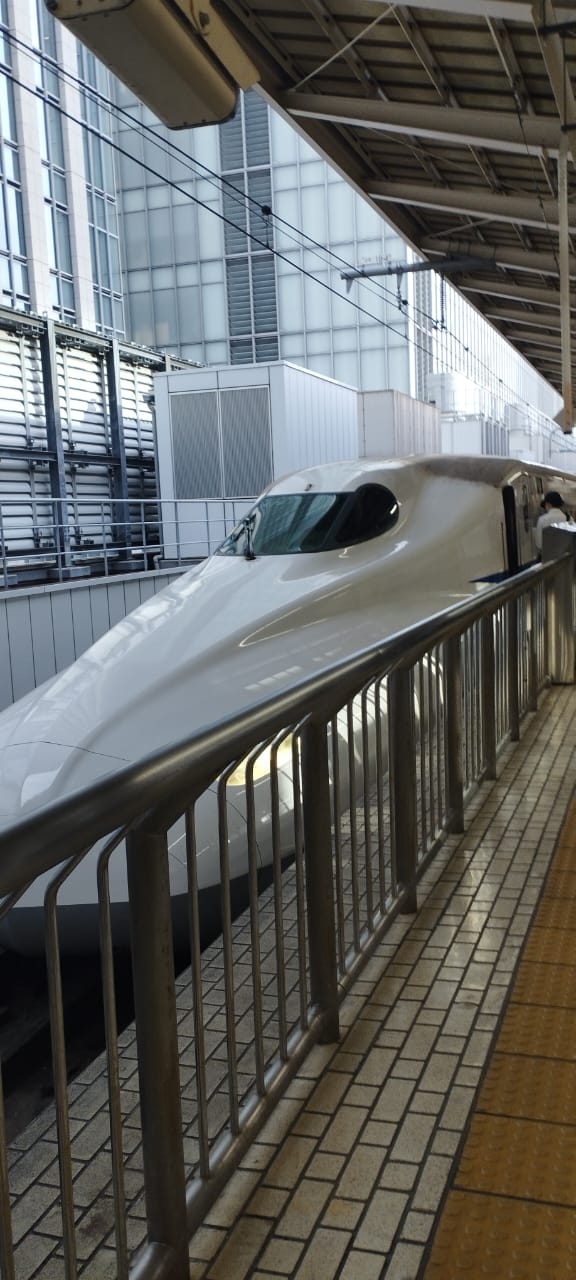
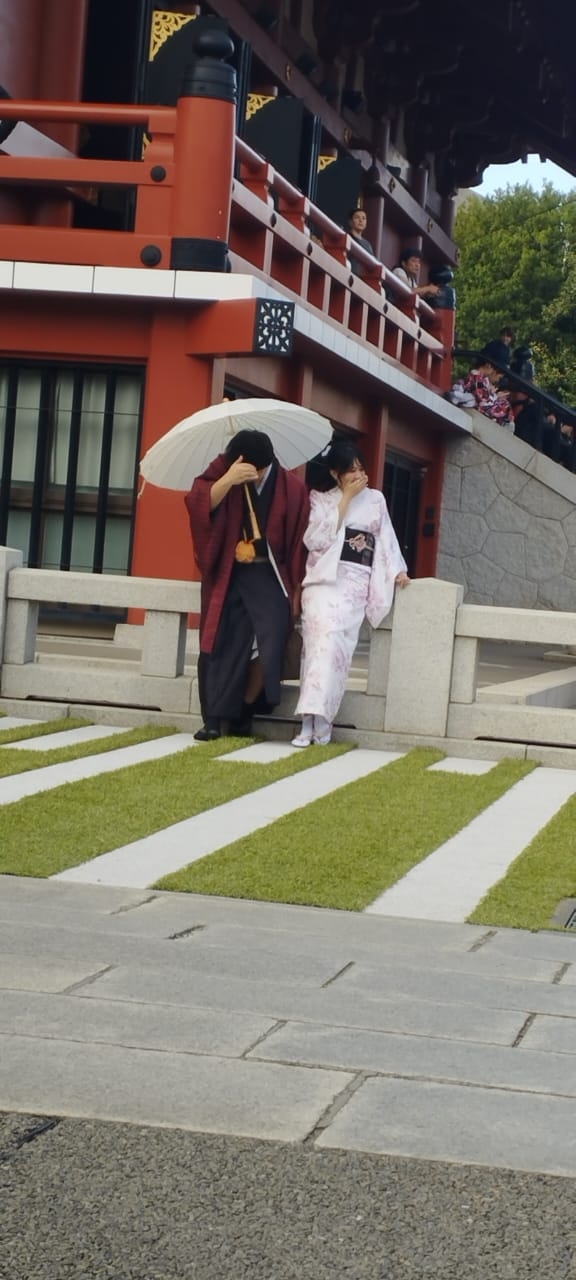
Transcending Borders: A Caribbean Perspective on Japan
In October 2024, I had the opportunity to visit Japan for the first time. The week-long trip was facilitated by Japan’s APIC Agency (The Association for Promotion of International Cooperation) and provided 8 days packed with travel, visits, meetings, meals and events as part of a Caribbean cultural invitation. The group of nine persons were from Barbados, Jamaica, Haiti, Belize and Trinidad and Tobago. None of us had previously met and we are now indelibly linked by this trip to Japan and the experiences that we shared.
Japan offers the perfect blend of modern advancement with traditional charm and style. During the trip we visited three cities: Tokyo, Kyoto and Kanazawa. Each city offered its own unique style and showcased much of what Japan offers the world. In Tokyo, the capital city, after our briefing meeting with members of the APIC executive, we visited the Digital Hollywood University, toured the university and had a meeting with one professor who is an animé expert. Admittedly, most animé fans are a lot younger than I am, still, I got to experience first-hand the diversity of the genre and the visually stunning animation which makes it such a popular contemporary art form. From there, we visited the well-known tourist area of Asakusa. As we walked the Nakamise shopping street, I felt immediately immersed in the rich tradition of Japan even before reaching the gate at the iconic Senso-ji temple, Tokyo’s oldest Buddhist temple. After cleansing my hands and feet in a purification ritual at the large fountain trough, I felt obliged to stand and immerse myself in the smoke at the giant earthenware incense burner toward the front of the temple, which according to tradition, is supposed to make me wiser.
With wisdom still on the horizon for me, Kyōto was the next stop on our whirlwind trip. To get there we took the fascinating Shinkansen train. Colloquially known as the bullet train, I was in awe not just of the train, which goes up to speeds of 300 kph, but also the very smooth ride (I tested it with my water bottle standing on the tray table in front of me), and the timing as we got to Kyōto in about 2 hours and 13 minutes after having left the station at exactly 8:39am. Spectacularly it’s not just the trains, everything in Japan seems to run on this kind of impeccable timing! For me, Kyōto was by far the best city we visited. This is because it somehow manages to blend ancient tradition with modern elegance. We arrived on the day of the Jidai Matsuri festival in which there is an historical re-enactment parade through the city streets. I learnt that Kyōto is one of the oldest municipalities and was once Japan’s capital city. The parade was both a display of Kyōto’s timeless heritage and a marker of its cultural preservation. The city is known for its amazing number of temples and shrines. Of these, we visited the Kinkaku-ji Temple, the Temple of the Golden Pavilion, the Ryōan-ji Temple, a Zen temple famous for its rock garden and linear meditative design as well as the Kyōto Imperial Palace which is the former palace of the Emperor of Japan. A short walk from the palace, we visited the Doshisha University, one of the country’s oldest private institutions of higher learning. We also visited the Kyōto Studio Park which was another highlight for me, as while there I tried on traditional Japanese wear and saw replicas of sets from action films featuring samurai. In Kyōto we also got a fascinating lecture on Noh, which is the oldest, masked, theatrical art performance that still exists in Japan, dating back to the 4th century with themes of the supernatural, ghosts and spirits. With its numerous and prominent landmarks, it is completely comprehensible that this city has many temples, shrines, palaces and gardens designated as World Heritage sites by UNESCO.
Next up for us was a visit to Kanazawa. We visited and toured a lacquerware studio with some of the most painstaking attention to detail to produce the beautiful pieces which understandably sell for large amounts of money. Also, we visited the 21st Century Museum of Contemporary art as well as the Kanazawa Castle which is a stunning samurai castle with the spectacular, tranquil Kenroku-en garden. Although we only stayed one night, the hotel at Kanazawa was one of the most interesting, because of its communal baths (separated by gender). In addition, we went to the Higashi Chaya district, an entertainment area of teahouses typical for geishas however, we did not see any geishas although the buildings and the gold leaf tea were wonderful substitutes.
The final day of our stay in Japan was once again in Tokyo. I returned to Asakusa to visit a friend. We took the subway which to me still remains a vast, blur of flashing messages, trains, escalators and long walks. In Asakusa, we walked along the riverside area (Sumida river) and we had sushi dinner at a typical bar with a conveyor belt kind of system where the different types of sushi came past us at the bar and where the green tea was complimentary. In my mind, Asakusa remains a blend of a trendy, upscale dining scene together with the vibe of a more traditional, older Tokyo.
If I had to speak of lessons that transcend borders, it would have to be the practice in Japan of leaving shoes at the door. This was surprising yet singularly unmistakable. Many places had a genkan or a clear step-down area where you had to leave your shoes. In some places, indoor slippers were provided. This practice was an important, cultural expectation and because it was not required everywhere, I found myself constantly looking around for signs or clues at every place we visited.
The rich traditions and warm hospitality of the Japanese people were brought home to me every day during this trip. As Japan is an island nation (or rather a nation of islands) there were so many foods which contributed to the unique taste of Japan. As a lover of fish and all kinds of seafood, the one thing that I managed to do was sample a lot of food including sushi, sashimi, tempura, the bento box, rice, miso soup, ramen, udon and soba noodles. Perhaps another reason that Kyōto ranks as my favourite city is because while there, we were treated to an eight course Japanese banquet dinner (kaiseki ryōri) complete with saki and Asahi beer. In the end, I left Japan with a deep appreciation for its people, food and culture and with a promise to myself to return one day soon.
